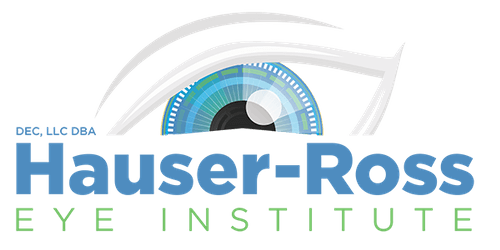PRK
What is PRK?
For patients who may not be a candidate for LASIK surgery, PRK (photorefractive keratectomy) is an effective alternative. It offers vision correction like LASIK, however, the cornea is accessed differently in each procedure.
What is the difference between PRK and LASIK?
With LASIK, a flap is created in your cornea by making an incision. However, with PRK, the epithelial layer, or the outermost layer of the cornea is gently removed. Typically, PRK is reserved for patients whose corneas are too thin to undergo LASIK or who possess corneal irregularities prior to surgery. You and your surgeon will determine whether LASIK or PRK is a better fit based on your needs.
Is PRK right for me?
If you are not a candidate for LASIK, but would like the benefits of LASIK, PRK may be an appropriate alternative for you. Please request an appointment so we can determine what vision correction option is best for you.
Frequently Asked Questions
Will my insurance cover PRK?
PRK is considered an elective procedure, therefore, both vision and medical insurance companies will not cover it.
Is PRK painful?
Numbing drops are administered prior to surgery, so most patients report PRK is a painless procedure. However, mild discomfort is possible with all corrective procedures.
How long will my results last?
Research has shown that PRK is a permanent procedure. However, there are some instances where a patient needs to have an enhancement or have the procedure repeated to obtain satisfactory results.


